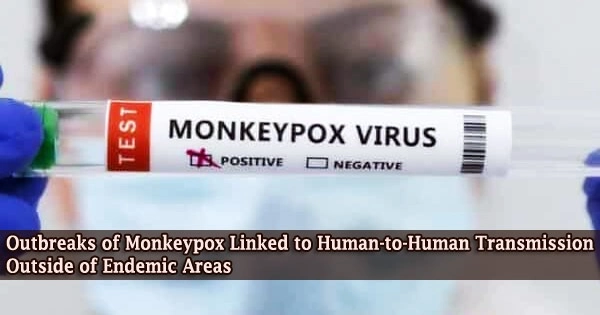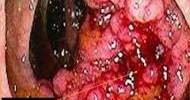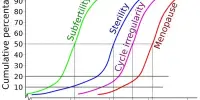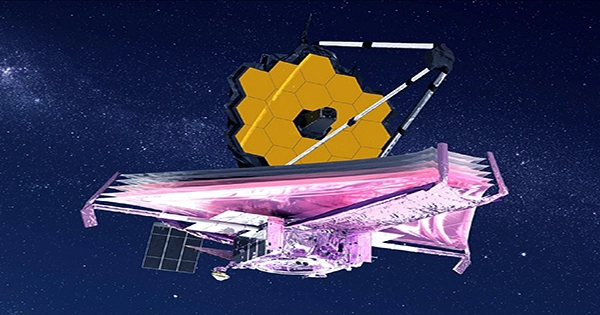Monkeypox instances have grown internationally since May 2022, raising concerns about a possible new pandemic.
Professor Souha Kanj and colleagues from the American University of Beirut Medical Center in Beirut, Lebanon, published a study on September 22 that summarizes information about the disease’s clinical traits, risk factors, infection control and prevention strategies, and potential treatments in the open-access journal PLOS Pathogens.
In the past, monkeypox was primarily restricted to endemic regions in Western and Central Africa and was primarily spread through contact with diseased animals.
The predominant mechanism of transmission has recently, meanwhile, switched from animal to human, which raises questions about previously unnoticed population spread.
The authors reviewed the published research on monkeypox in order to better understand the epidemiologic landscape of this recent outbreak. They discovered that in more than 76 nations, the number of confirmed, probable, and/or suspected monkeypox cases has grown.
Monkeypox has been declared as a public health emergency that warrants special attention and early diagnosis in view of its global widespread and atypical presentation.
Professor Souha Kanj and co-authors
The statistics point to a rise in illness incidence and potential for better surveillance. Although not necessarily connected to travel to endemic areas in Africa, recent cases demonstrated a quick human-to-human transmission, raising worries for a rapid expansion inside communities.
The small sample size of case studies and the lack of randomized controlled trials on monkeypox therapy are two factors that limit generalizability and are among the limitations of the literature study.
In order to ascertain the precise risk factors, mechanisms of transmission, and potential therapies, as well as the extent of the current outbreak, larger and more thorough research are required.
According to the authors, “Key gap information needs to be further studied to provide better answers such as the exact mode of transmission and the role of animal reservoirs. Sexual modes of transmission, genetic mutations, waning immunity from smallpox and previous undetected cases of monkeypox warrant further investigation.”
“Doctors should also keep in mind the atypical presentations and rely on the WHO and CDC criteria to guide patients and help in containing outbreaks.”
Kanj and co-authors add, “Monkeypox has been declared as a public health emergency that warrants special attention and early diagnosis in view of its global widespread and atypical presentation.”
















